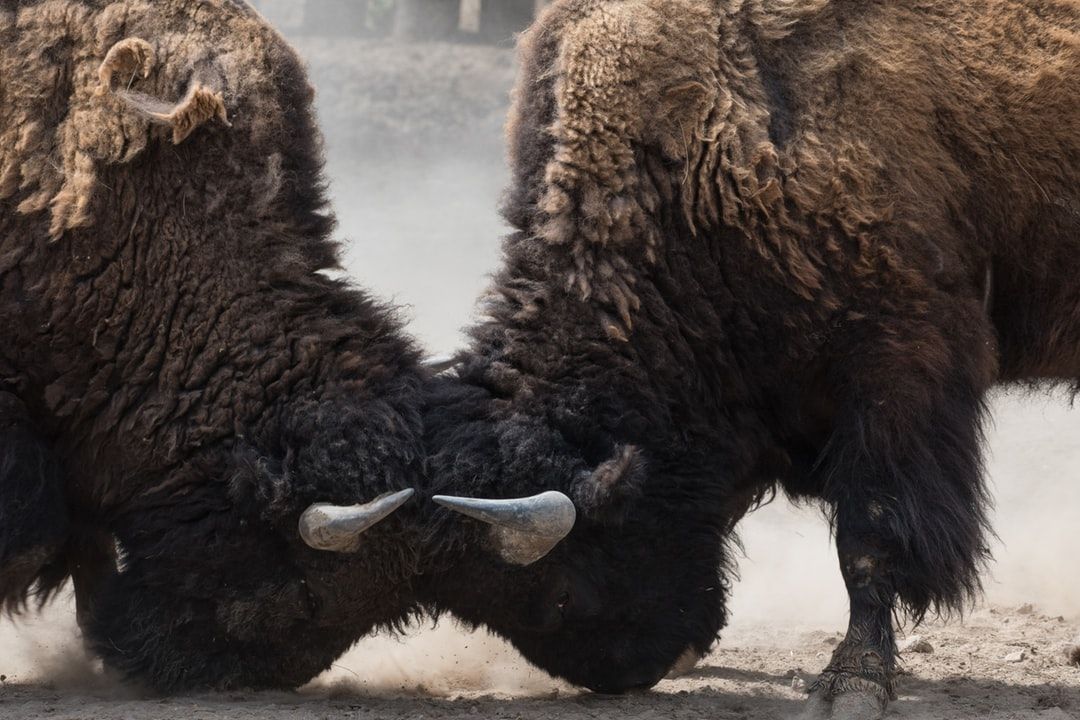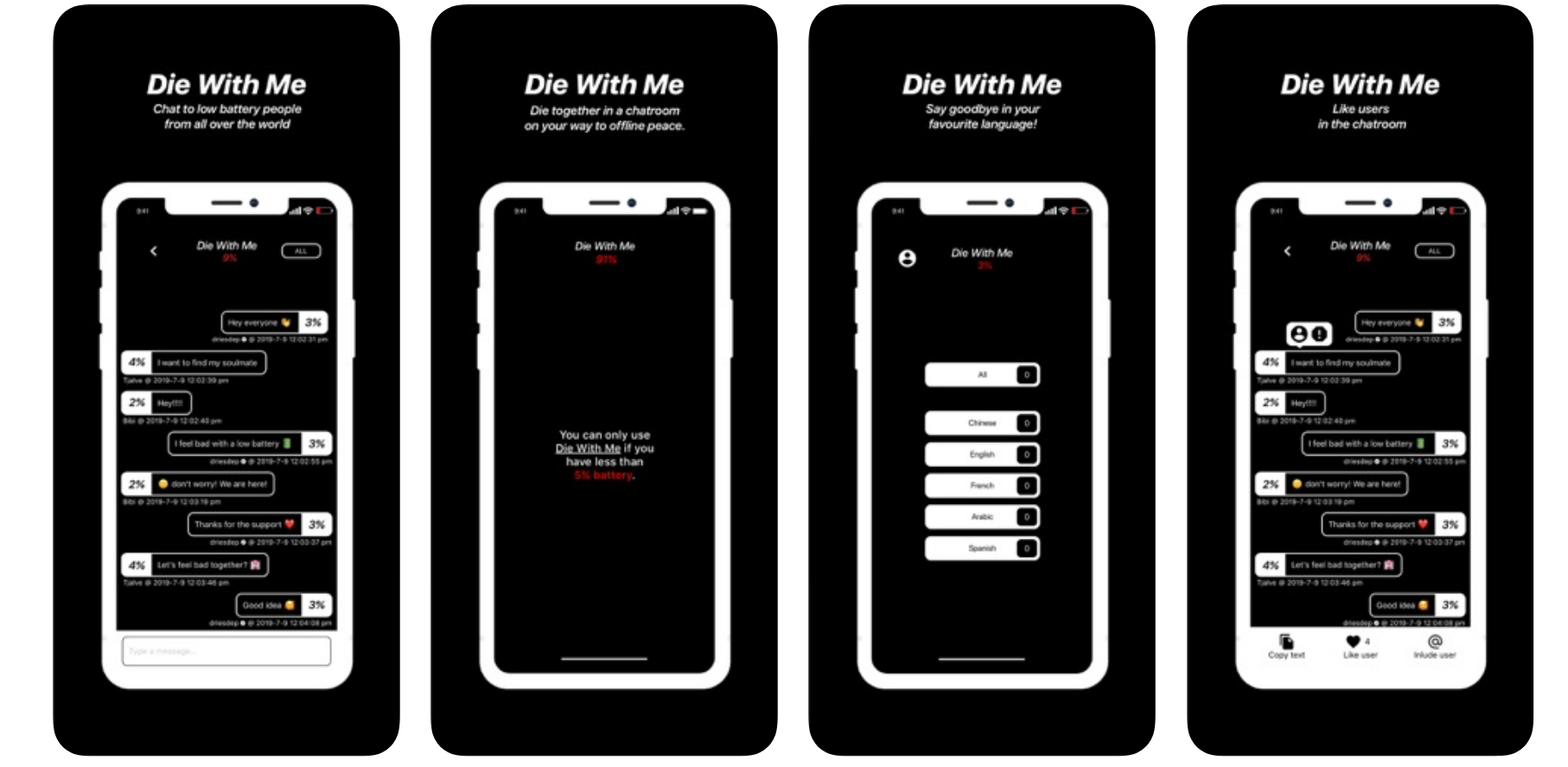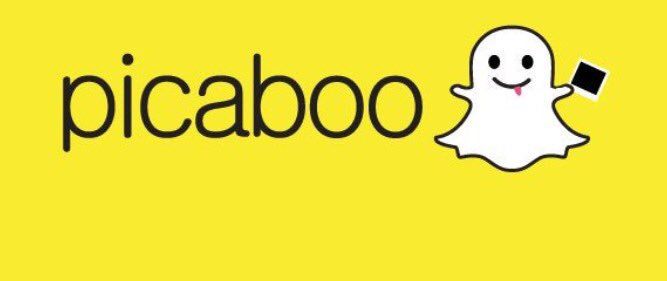Constraint is the Rage

Over the weekend I saw a clickbait title which said - Die with Me. This caught my attention so I of course clicked it. Without feeding my readers additional clickbait, lets take a look into what it is.

The idea is simple. Once your phone has less than 5% battery - the app drops you into a chat with other users in the same boat. This means you can chat with others as your battery hits zero (thus dying).
I haven't known about this app for more than a few hours, but I already discovered you can purchase upgrades to allow access to the app at 15% or below instead of the regular 5%. Can't blame the guy who wants to make some money on a clever idea, but lets take this idea of a constrained application and bring it to more popular applications.

Enter Snapchat in 2011, well back then it was briefly known as "Picaboo". The idea was simple - send a photo to a friend and it would disappear shortly after. This was a constrained feature, since you could send unlimited photos and view them forever on any messaging service. This application exploded in popularity, slowly adding a bunch of features from videos/chat/emojis/groups and much more.
What attracts people to something that is intentionally constrained? Was it the notion that you could send inappropriate photos without a trace? Was it just time for a new social medium to take over? I don't know the answer to these, but we can look back in time to figure things out.
Take Xanga/MySpace which were popular social networks in the early 2000s. Both of these had in common customization that allowed you to personalize your page. Whether this was an ugly color scheme or blaring music - they had it. Facebook then entered the market with a profile page that could not be changed. They built your profile page from available info and it frankly made the site look clean and professional.
Facebook exploded despite not offering functionality that other competitors had. It seems people appreciated the constraints or maybe it was just a better thought out social network.
We can think of plenty of these examples. Twitter started with 140 character limits, an intentional constraint on micro blogging and it also exploded. Today, Twitter's limit is not 140 but instead much larger and offers so many methods for expanding the limit that it might as well not exist.
Why does this happen?
- Snapchat - Photos disappear automatically (in past)
- Facebook - No customization of profile page (in past)
- Twitter - 140 character limit (in past)
- Die With Me - Requires almost dead battery to use
Can you compare constraints to exclusivity? Probably not, because only "Die with Me" is exclusivity while the others anyone can join just with constraints. We live in a wonderful time where taking things away becomes the most popular.
